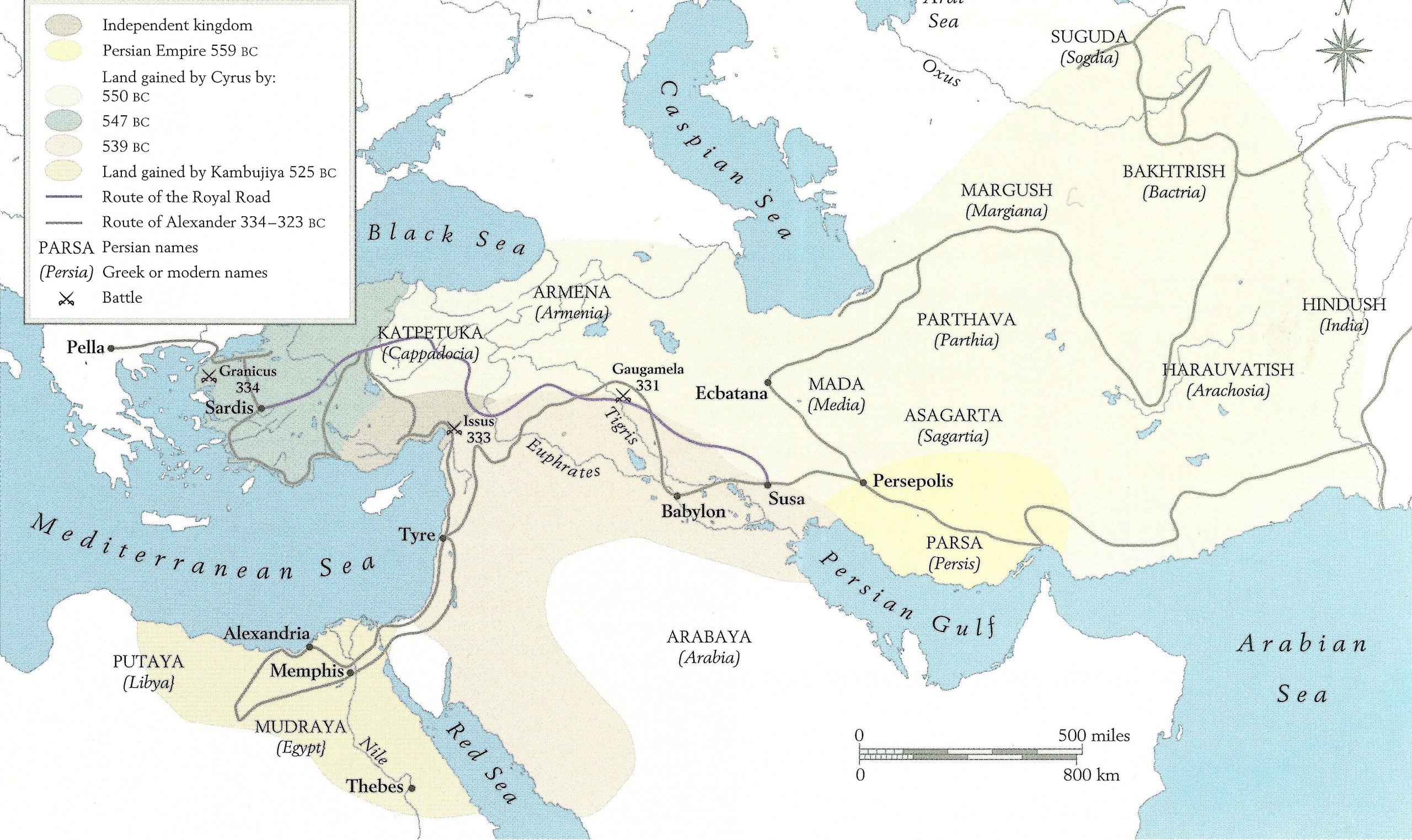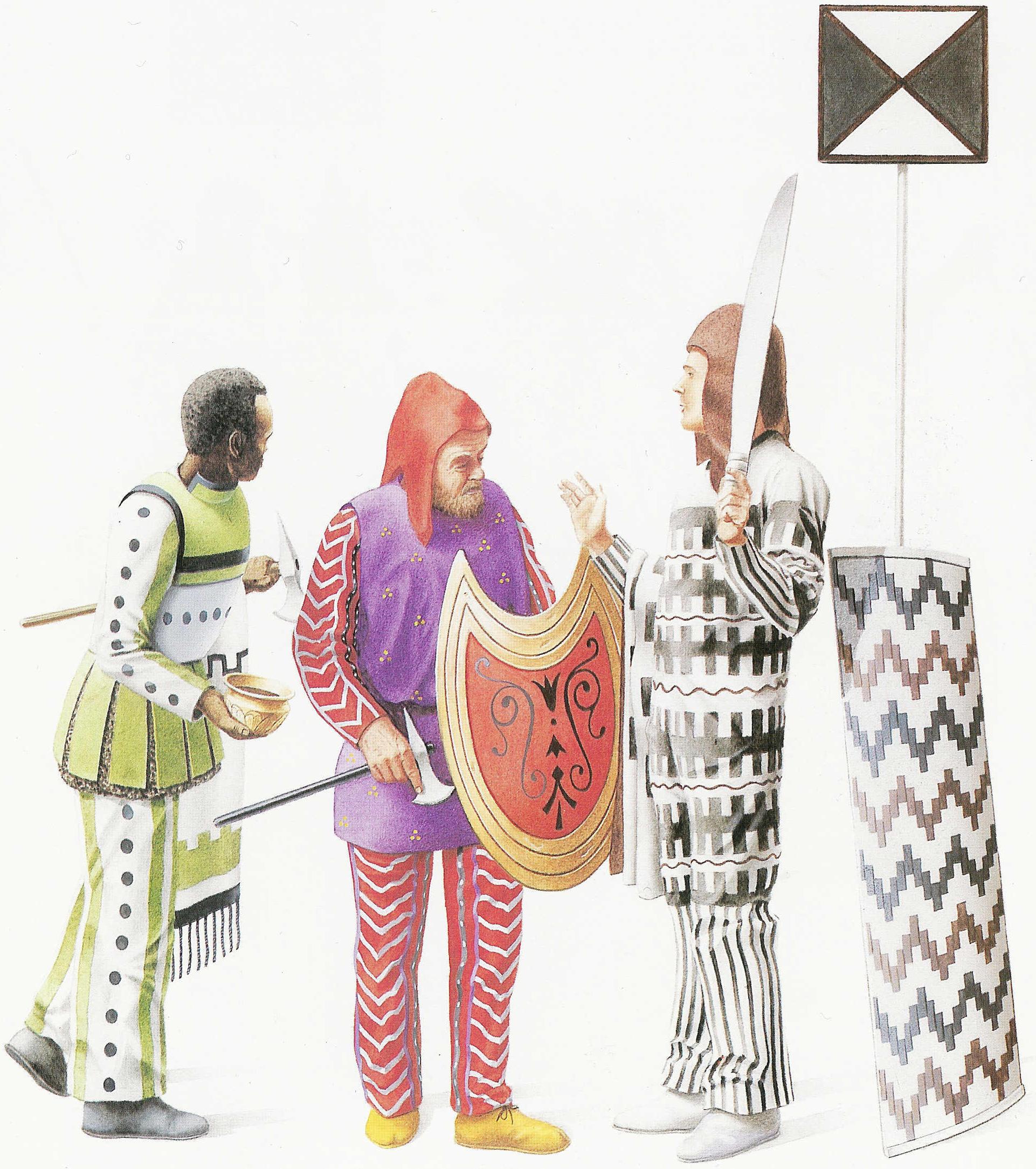- Title: “The Persian Invasions of Greece Reconsidered“
- Date: Wednesday 23rd September, 2020
- Time: 17.30 (London, BST)
- Tickets & Information: This is a free online talk. Register here to receive details of how to join.
- Inquiries contact: [email protected] – Tel: +44 (0)20 7493 4766.

Map of the Achaemenid Empire drafted by Kaveh Farrokh on page 87 (2007) of the book Shadows in the Desert: Ancient Persia at War-Персы: Армия великих царей-سایههای صحرا-: … See also Interview of Spanish Military Journal, Historia Rei Militaris, with Kaveh Farrokh (February 17, 2019)
The Synopsis of Prof. Sekunda’s webinar lecture is as follows:
The 2500th anniversary of the Battles of Thermopylae and Salamis in 2021 and that of Plataea in 2022 provides a good opportunity to reconsider the Persian invasion of Greece in the light of modern scholarship and a critical analysis of the Greek texts. This lecture seeks to demonstrate that the number of Achaemenid forces sent against Greece is unknown, and that the figures given by Herodotus are falsely constructed. The defeats of Salamis and Plataea are undeniable, but they have to be put into their context of an already overstretched Empire fighting on the absolute periphery of its possibilities.
Prof. Sekunda’s lecture has been organized by the Iran Heritage Foundation.

Ethiopian marine (left), Iranian warrior (center) and Iranian spearbearer (Nick Sekunda, The Persian Army, Osprey Publications, 1992, Plate C; Paintings by Simon Chew). Note how these re-constructions differ from how Iranians have been portrayed in the “Alexander” and “300” movies“. Prof. Nicholas Sekunda studied Ancient History and Archaeology at Manchester University, going on to complete his PhD in 1981. Since 1994 he has lived in Poland, where he has taught at the Nikolaus Copernicus University, Torun, and currently is the Head of Department of Mediterranean Archaeology at Gdansk University. He has participated in numerous excavations in England, Poland, Iran, Greece, Syria and Jordan, and now co-directs excavations at Negotino Gradiste in the Republic of North Macedonia. He is the author of several of books on ancient Greek warfare.




